██████╗ ██████╗ ██╗ ██╗ █████╗
╚════██╗██╔═══██╗██║ ██║██╔══██╗
█████╔╝██║ ██║███████║███████║
╚═══██╗██║ ██║██╔══██║██╔══██║
██████╔╝╚██████╔╝██║ ██║██║ ██║
╚═════╝ ╚═════╝ ╚═╝ ╚═╝╚═╝ ╚═╝
Welcome to 3OHA, a place for random notes, thoughts, and factoids that I want to share or remember
3OHA
24 March 2021
A book list on the computer underground culture
During a lecture on computer worms last week I briefly talked about the
WANK worm
and the origins of political hacktivism. The story drew the attention of
some students and I pointed them to Dreyfus and Assange's 1997 book
Underground: Tales of Hacking, Madness and Obsession on the Electronic
Frontier. This is a terrific book that covers the WANK incident in the
first chapter, and is also packed with lots of other awesome stories. My
students then asked me for more books like this, so I promised them to
compile a book list on the computer undergound culture of the 1980s, 1990s,
and early 2000s.
This is not meant to be an exhaustive list, just some material that will
help you understand what the computer underground looked like back then and
its main themes. I list them in chronological order of publication, and I
only recommend books that I have read. There are some obvious omissions,
mostly of texts that concentrate on more recent events. I am deliberately
omitting those since I want to keep the list focused just on old-school
culture and the emergence of the modern cybercrime economy.
 Hackers: Heroes of the Computer Revolution
Hackers: Heroes of the Computer Revolution
by Steven Levy (1984)
This is one of the earliest books that introduces some of the key history
events that shaped the notions of a Hacker Culture and a Hacker Ethic.
The material is presented chronologically, starting with the legendary Tech
Model Railroad Club (TMRC) at MIT in the late 1940s. It then moves on to
the 1960s and 1970s with the Homebrew Computer Club and the personal
computer revolution, and also covers the game hackers of the 1980s.
Overall, it is a collection of entertaining short stories about some of the
pioneers of modern computing. The book used to be hard to find, but there
is a 25th anniversary edition published in 2010 that is fairly easy to
get.
 The Cuckoo's Egg: Tracking a Spy Through the Maze of Computer Espionage
The Cuckoo's Egg: Tracking a Spy Through the Maze of Computer Espionage
by Cliff Stoll (1990)
This is an absolutely must-read for everyone with an interest in the
history of computer espionage. The book is based on true events and
describes how the author, a system administrator at Lawrence Berkeley Lab,
identified a misterious 75-cent accounting error that pointed to the
presence of unauthorized users in the system. This resulted in a one-year
hunt after a group of Germany-based hackers who were stealing military
information for the KGB. The incident made the news at the time and was
also covered in the March 29, 1989 issue of
Phrack.
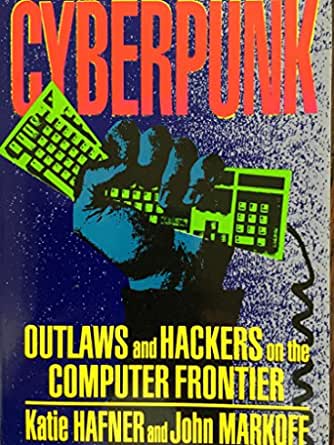 Cyberpunk: Outlaws and Hackers on the Computer Frontier
Cyberpunk: Outlaws and Hackers on the Computer Frontier
by Katie Hafner and John Markoff (1991)
The book revolves around the exploits of three different hackers: Kevin
Mitnick (whose actions have been extensively described in other books),
Hans Hübner (a.k.a. Pengo, who was part of the spy ring described in
The Cuckoo's Egg), and Robert T. Morris (yes, the one who wrote and
set free
the worm).
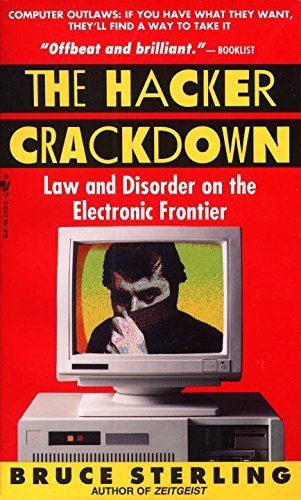 The Hacker Crackdown: Law And Disorder On The Electronic
Frontier
The Hacker Crackdown: Law And Disorder On The Electronic
Frontier
by Bruce Sterling (1992)
This is a nice collection of important events that took place in the
hacking underground during the late 1980s and early 1990s. It provides a
comprehensive description of Operation
Sundevil, one of the earliest large police crackdowns on hacking
activities -- which, incidentally, resulted in the creation of the EFF, which then hired lawyers to represent
some of the hackers. The book depicts a few other important events and
characters of the time, including the wars on the LOD. You can get a copy
for free at multiple sources, including
Project Gutenberg and
this GitHub
repository.
 Approaching Zero: The Extraordinary Underworld of Hackers, Phreakers, Virus Writers, and Keyboard Criminals
Approaching Zero: The Extraordinary Underworld of Hackers, Phreakers, Virus Writers, and Keyboard Criminals
by Paul Mungo and Bryan Clough (1993)
This book is an account of the early days of the hacking culture up to the
mid 1990s. As some other similar books that were published at the time, it
covers relevant events in the H/P/A/V/C scene that shaped the computer
underground in those years.
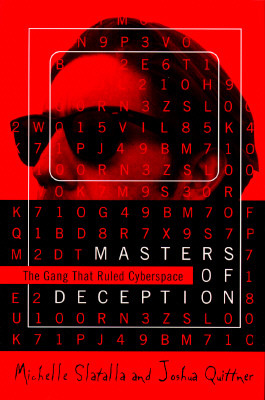 Masters of Deception: The Gang That Ruled Cyberspace
Masters of Deception: The Gang That Ruled Cyberspace
by Michele Slatalla (1995)
The book describes two of the legendary (and rival) hacker groups of the
late 1980s and early 1990s: Legion of Doom (LOD) and Masters of Deception
(MOD), and the events that were later known as
The Great Hacker
War. It paints a vivid portrait of the phreaking scene, the rivalry and
motivations of a bunch of New York and Texas teenagers, and how the first raids,
court orders and cases against these activitites were built.
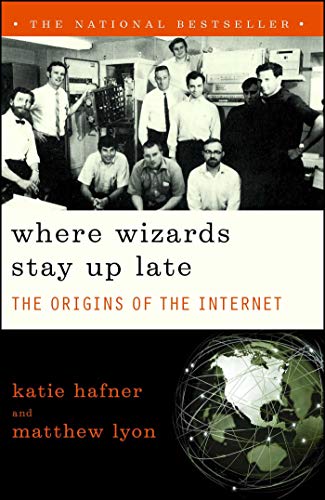 Where Wizards Stay Up Late: The Origins Of The Internet
Where Wizards Stay Up Late: The Origins Of The Internet
by Katie Hafner and Matthew Lyon (1996)
This is a book covering some of the key events and people that were
involved in the making of the Internet during its early days (BBN,
Arpanet). A must-read for computer history geeks.
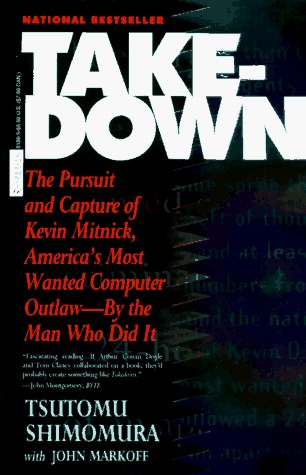 Takedown: The Pursuit and Capture of Kevin Mitnick, America's Most
Wanted Computer Outlaw - By the Man Who Did It
Takedown: The Pursuit and Capture of Kevin Mitnick, America's Most
Wanted Computer Outlaw - By the Man Who Did It
by Tsutomu Shimomura and John Markoff (1996)
This is one of the various books that portray the story of Kevin Mitnick,
who became some sort of cultural icon at the time. The book reads like a
detective story describing the hunt, entwined with bits and bobs about
Shimomura's own life. I have read multiple books on Mitnick's story and
each one provides complementary (and sometimes contradictory) views. If you
feel attracted to this topic, be sure to also read Ghost in the Wires,
The Fugitive Game, and the first part of Cyberpunk for a
broader perspective on the character and the events. (I am aware of yet
another book covering Mitnick's case: Jeff Goodell's The Cyberthief and
the Samurai (1997). I haven't read this one, though.)
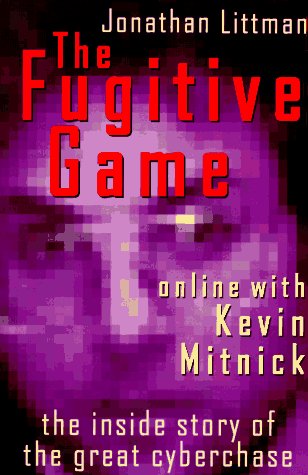 The Fugitive Game: Online with Kevin Mitnick
The Fugitive Game: Online with Kevin Mitnick
by Jonathan Littman (1997)
This book provides a complementary view on Mitnick's story. Littman, who
spent many hours of telephone conversations with Mitnick, tells a
rather different story than the one described by Shimomura and Markoff in
Takedown. There are very few technical details in the book. The
focus is rather on Mitnick's personality and lifestyle. Even though the
author's sympathies towards Mitnick are evident, I would definitely
recommend it to anyone interested in going beyond the official side of
the story.
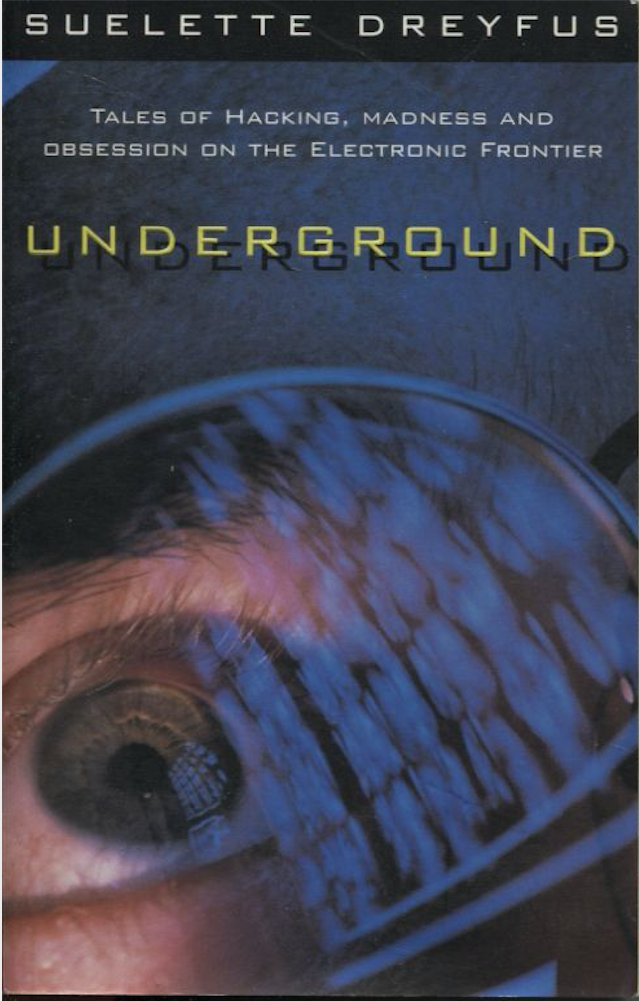 Underground: Tales of Hacking, Madness and Obsession on the Electronic
Frontier
Underground: Tales of Hacking, Madness and Obsession on the Electronic
Frontier
by Suelette Dreyfus and Julian Assange (1997)
The book describes the deeds of multiple American, British, and Australian
groups during the late 1980s and early 1990s, as well as numerous police
crackdowns. There is a
free version of the book
in the Project Gutenberg.
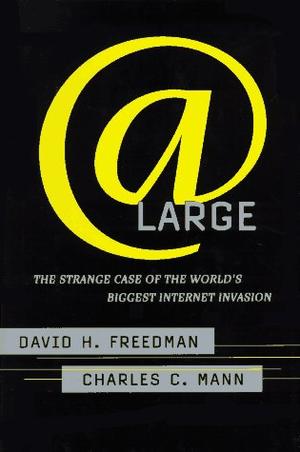 At Large: The Strange Case of the World's Biggest Internet
Invasion
At Large: The Strange Case of the World's Biggest Internet
Invasion
by David Freedman and Charles Mann (1997)
This is yet another real-life story of a hacker manhunt around 1991 and
1992. Using the handles Phantomd and Informaster, a teenager named Matthew
Singer from Portland, Oregon, went deeper into commercial, educational, and
government networks until a federal investigation seized him. As other
books that focus on similar police manhunts, it provides a glimpse of how
bad security was, as well as the tactics, motivations, and obsessions with
computers and programming of a young hacker.
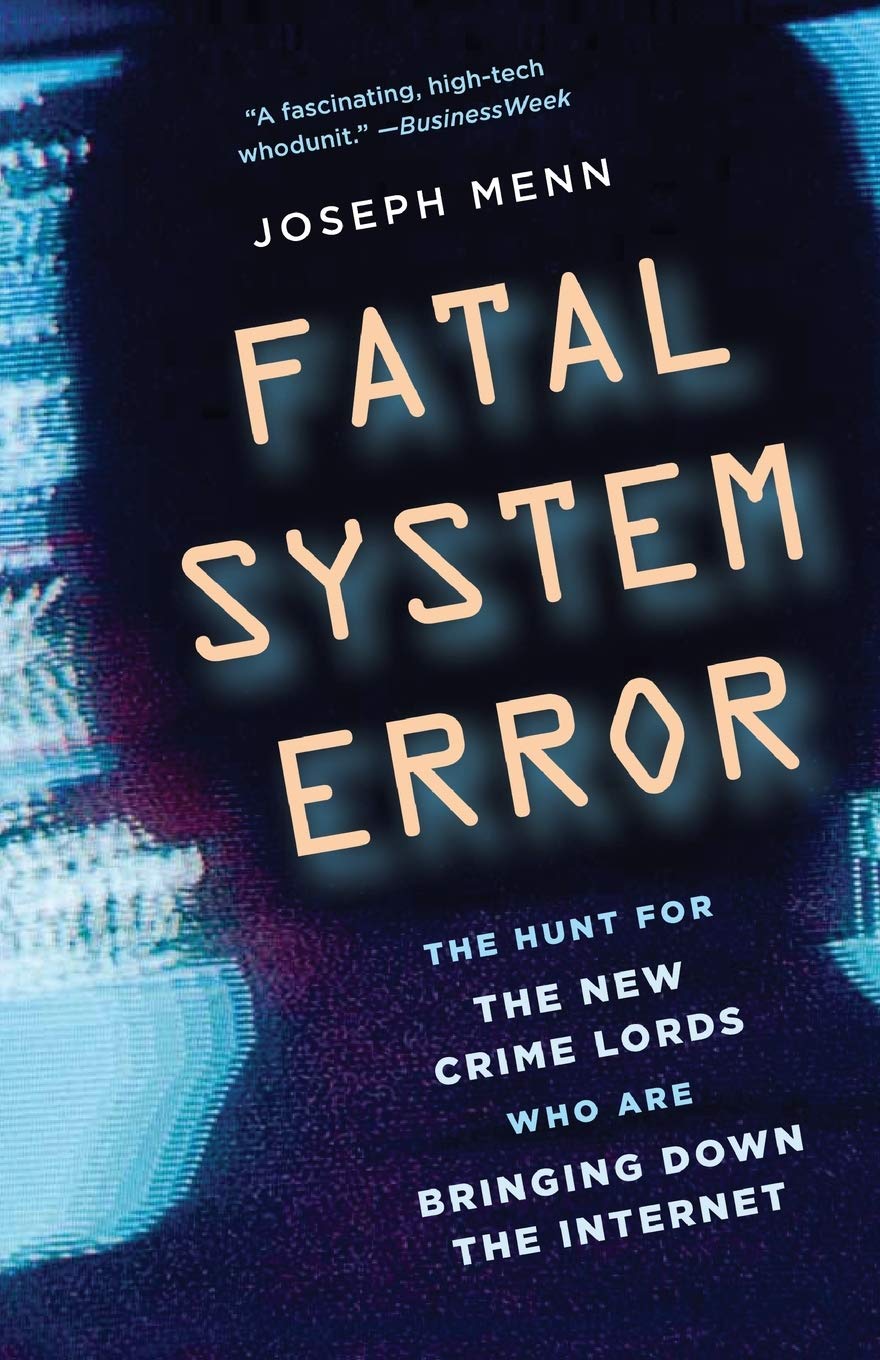 Fatal System Error: The Hunt for the New Crime Lords Who Are Bringing
Down the Internet
Fatal System Error: The Hunt for the New Crime Lords Who Are Bringing
Down the Internet
by Joseph Menn (2010)
This book describes a different and newer underground: the criminal
ecosystem that emerged around the mid 2000s to exploit new forms of
Internet-based crime. It is worth reading for the historical perspective on
the emergence and evolution of this phenomenon and its political
ramifications.
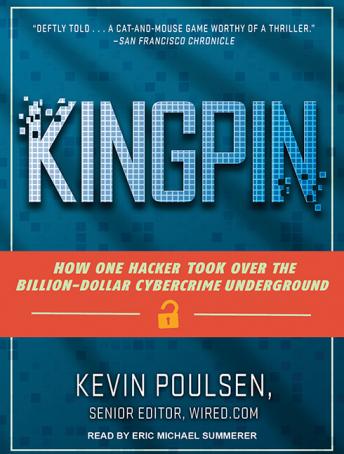 Kingpin: How One Hacker Took Over the Billion-Dollar Cybercrime
Underground
Kingpin: How One Hacker Took Over the Billion-Dollar Cybercrime
Underground
by Kevin Poulsen (2011)
The book is an account of the events that surrounded
Max "Vision" Butler
(a.k.a. Iceman) conviction. It depicts some of the carder underground at
the time, inlcuding the rise of credit card scams and identity theft
through the 1990s and the early 2000s. Great read showing how part of the
underground gradually shifted towards for-profit criminal activities.
 Spam Nation: The Inside Story of Organized Cybercrime-from Global
Epidemic to Your Front Door
Spam Nation: The Inside Story of Organized Cybercrime-from Global
Epidemic to Your Front Door
by Brian Krebs (2014)
This is a fantastic account on how Russian spam affiliate programs worked
and the different stakeholders behind it. This is an excuse to introduce
support technologies ranging from hosting to botnets (and botnet takedown)
and malware distribution schemes. This is, together with Menn's Fatal
System Error --and, to a lesser extent, Poulsen's Kingpin--
must-reads to understand the emergence of the modern cybercrime ecosystem
and its associated economy.
 Cult of the Dead Cow: How the Original Hacking Supergroup Might Just
Save the World
Cult of the Dead Cow: How the Original Hacking Supergroup Might Just
Save the World
by Joseph Menn (2019)
The book covers a good bunch of stories about people surrounding one of the
best-known hacker collectives of the 1990s -- cDc, as well as other related
groups such as the L0pht. That was a unique time in the history of the
underground, and the book provides good examples on issues that will
later become very influential, such as how the software industry reacted to
the discovery of security bugs.
© 2021 Juan Tapiador
 Hackers: Heroes of the Computer Revolution
Hackers: Heroes of the Computer Revolution The Cuckoo's Egg: Tracking a Spy Through the Maze of Computer Espionage
The Cuckoo's Egg: Tracking a Spy Through the Maze of Computer Espionage
 Cyberpunk: Outlaws and Hackers on the Computer Frontier
Cyberpunk: Outlaws and Hackers on the Computer Frontier The Hacker Crackdown: Law And Disorder On The Electronic
Frontier
The Hacker Crackdown: Law And Disorder On The Electronic
Frontier Approaching Zero: The Extraordinary Underworld of Hackers, Phreakers, Virus Writers, and Keyboard Criminals
Approaching Zero: The Extraordinary Underworld of Hackers, Phreakers, Virus Writers, and Keyboard Criminals Masters of Deception: The Gang That Ruled Cyberspace
Masters of Deception: The Gang That Ruled Cyberspace Where Wizards Stay Up Late: The Origins Of The Internet
Where Wizards Stay Up Late: The Origins Of The Internet Takedown: The Pursuit and Capture of Kevin Mitnick, America's Most
Wanted Computer Outlaw - By the Man Who Did It
Takedown: The Pursuit and Capture of Kevin Mitnick, America's Most
Wanted Computer Outlaw - By the Man Who Did It The Fugitive Game: Online with Kevin Mitnick
The Fugitive Game: Online with Kevin Mitnick Underground: Tales of Hacking, Madness and Obsession on the Electronic
Frontier
Underground: Tales of Hacking, Madness and Obsession on the Electronic
Frontier At Large: The Strange Case of the World's Biggest Internet
Invasion
At Large: The Strange Case of the World's Biggest Internet
Invasion Fatal System Error: The Hunt for the New Crime Lords Who Are Bringing
Down the Internet
Fatal System Error: The Hunt for the New Crime Lords Who Are Bringing
Down the Internet Kingpin: How One Hacker Took Over the Billion-Dollar Cybercrime
Underground
Kingpin: How One Hacker Took Over the Billion-Dollar Cybercrime
Underground Spam Nation: The Inside Story of Organized Cybercrime-from Global
Epidemic to Your Front Door
Spam Nation: The Inside Story of Organized Cybercrime-from Global
Epidemic to Your Front Door Cult of the Dead Cow: How the Original Hacking Supergroup Might Just
Save the World
Cult of the Dead Cow: How the Original Hacking Supergroup Might Just
Save the World